The subject of this round of the Qurator's Photography Challenge is "Wild Animals".
What a great subject! Although I love to go out to shoot new footage for the #photocontests on Hive, this is a bit difficult with a subject like this. So I had to dig in my archive for some shots. But I didn't have to dig very deep...
Since I got quite a lot, I'll highlight a few that are most memorable to me.
Rhinoceros
I can say I that I have had an encounter with a wild rhinoceros. Many, many years ago my wife and I went on a roundtrip through southern Afrika. The trip went from South-Africa, to Zimbabwe, Botswana, Namibia and back to South-Africa. It was an unforgettable journey. We've seen and done so many things during the weeks we traveled. One of the most memorizable moment during that trip was a jeep safari in Matopos National Park in Zimbabwe.
And there we spotted him (or her), a white rhino!
To our surprise our guide asked us to leave the jeep so we could sneak closer.
I had a camera with which I could zoom in, but we were really close when I took the shot below.

This is my entry for the Qurator's Photo Quest for this week!
You might think it wasn't that close, but the picture below shows we were really in range for an attack.
But as the ranger told us white rhino's have a really bad eyesight. If we would stay behind eachother he wouldn't even notice us. He did carry a weapen which he only had to use once during his time as a ranger to scare off a rhino.
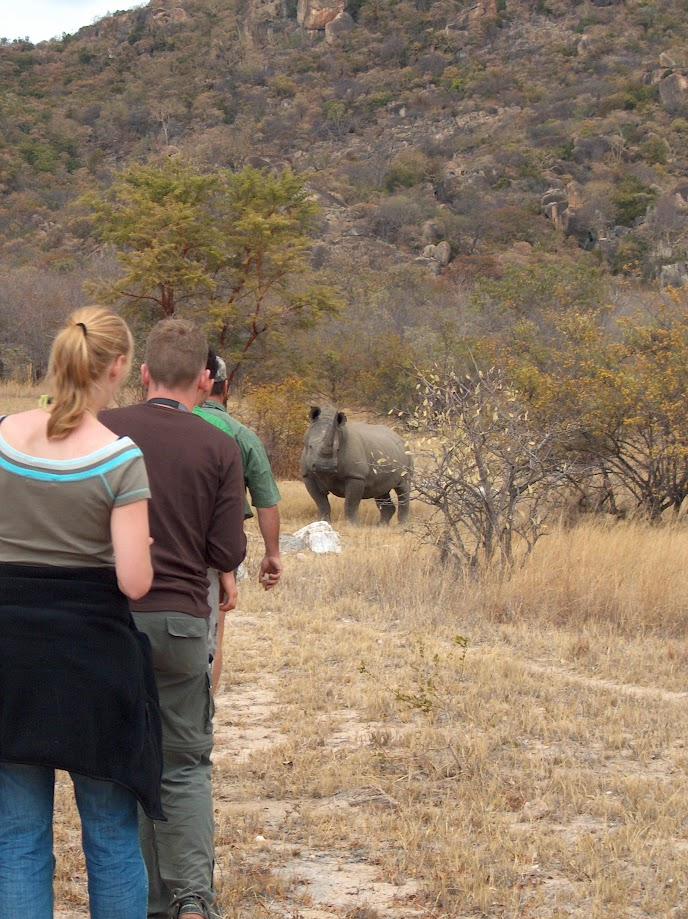
Did you know why they are called white rhino's by the way? It's not because of their color. The language Afrikaans is developped from Dutch settlers. They called these rhino's wijd rhino's. And wijd translates to wide, which refers to the wide mouth of the rhinoceros compared to the other rhinoceros species, which has a narrow mouth.
But wijd sounds like white, so the Engelish speaking people called it a white rhino and named the other species black.

Caymans
Another memorizable trip was in the Amazon in Ecuador. It might seem by this blog that I'm an enourmous world traveller and yes, I'm very lucky that I have been able to make these travels, these were the only two times I left the European continent.
During our stay in the Amazon rainforest we also had a guide that explained us everything about the wildlife. In the evening we went on the river with a small wooden boat to spot caymans.
We were shining with our flashlights along the shore until we saw two eyes light up. We slowly paddled to the shore. Just like rabbits, the caymen freeze when you shine a light in their eyes.
When we got close to the shore, the guide suddenly jumped out of the boat and grabbed a caiman.
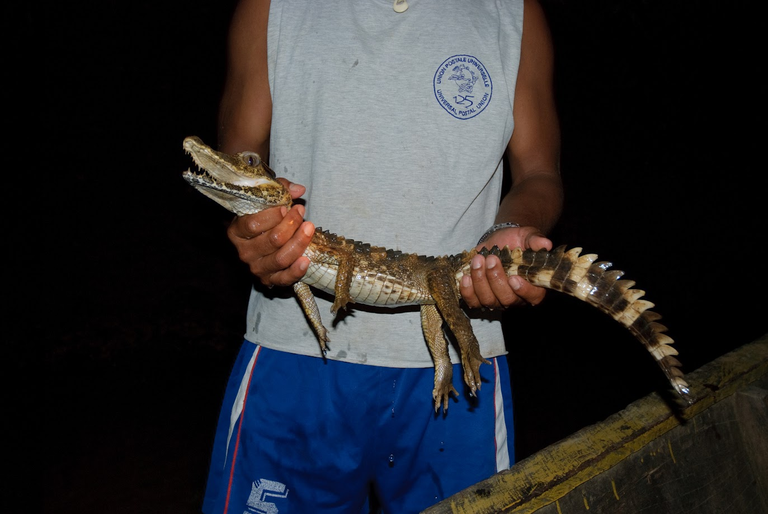
It looked quite small, but it had really sharp teeth. I remebered that we had taken a swim in that same river just the afternoon. We haven't done that anymore after this caymen adventure.
The cayman was quickly released.
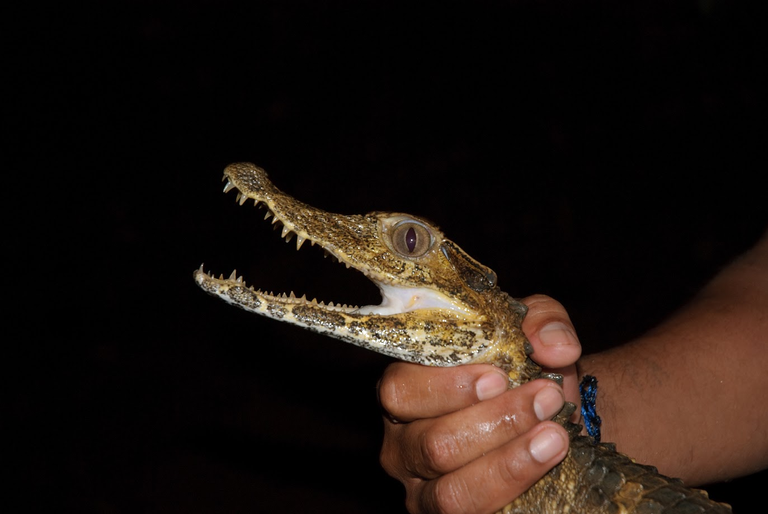

Viper
During our holiday in Italy two years ago we made a family hike in a nature reserve. I always like to spot birds, insects and we even saw a salamander in a puddle. But suddenly one of my daughters spotted something on the path ahead of us; it was a beautiful viper.
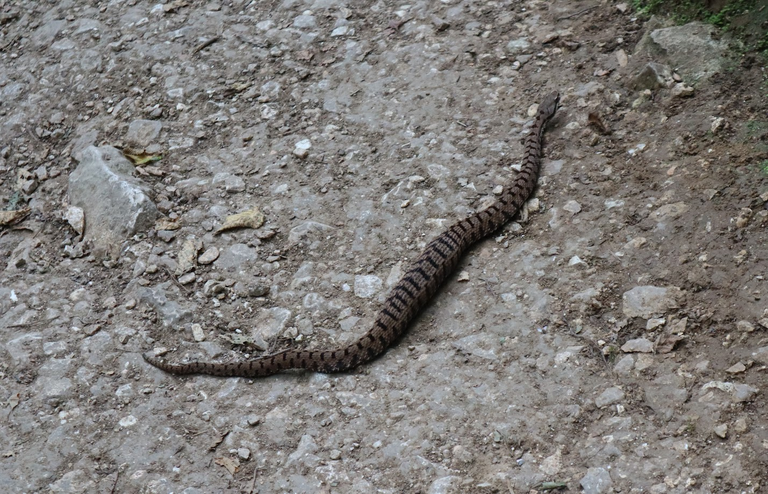
I only have seen poisonous snakes in the wild a few times in my life, so I was really excited. I wasn't allowed to get too close by my wife and children, but luckily I had a zoom lens with me.
Just look at that wonderful pattern. It looks just like burn marks from a BBQ.
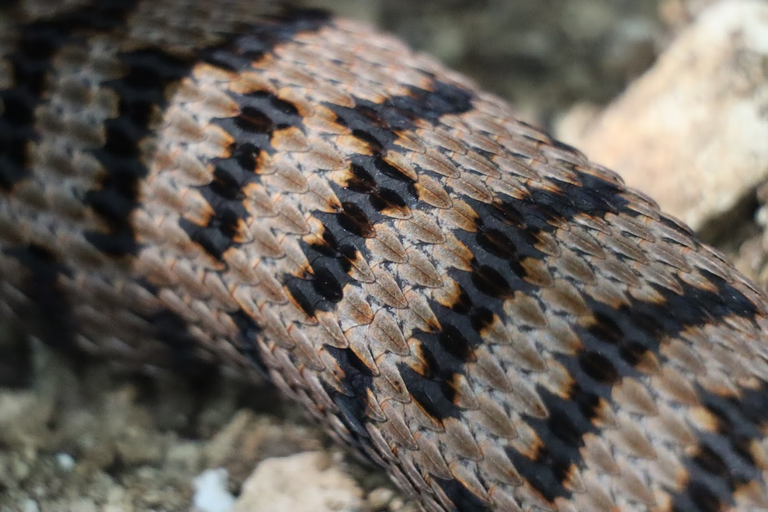
It tried to hide close to the path, but at one moment it turned its head towards me. Just look at that face! What a cool animal!

Fox
There isn't that much wildlife in The Netherlands when you compare it to the countries I mentioned above. Yes, we have many rabbits in the dunes and a lot of deer. And the fenced-off nature reserves have some wild horses or cows, but they have been reintroduced by human. Just like the beaver and the otter which are doing quite well in the wild now.
One wild animal that came back to the Netherlands itself in the past years is the wolf. Nature lovers like it, but farmers want to get rid of it since they kill a lot of sheep.
There is something to be said for both. The Netherlands might be a bit small and densely populated to sustain many wolves.
But we do have a predator in the dunes too; the fox. I live near the coast and have seen many foxes in my life. But one time I was wandering in the dunes to shoot some photographs when suddenly a fox wandered by.
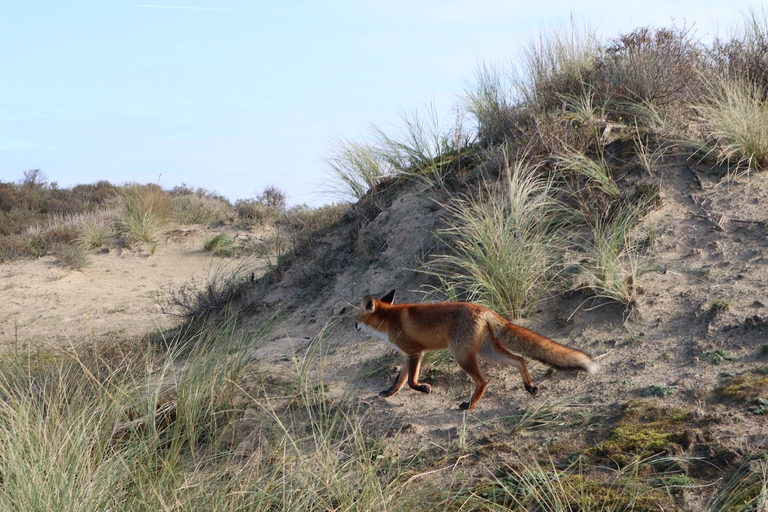
I tried to follow it for a while and it didn't seem to be bothered by that at all. I think it might have been used to humans already. There are some known cases of people feeding wild animals making them tame and even come up to people.
This fox didn't come to me, but it wasn't afraid of me either. It did look curiously into my lens when I took this shot.
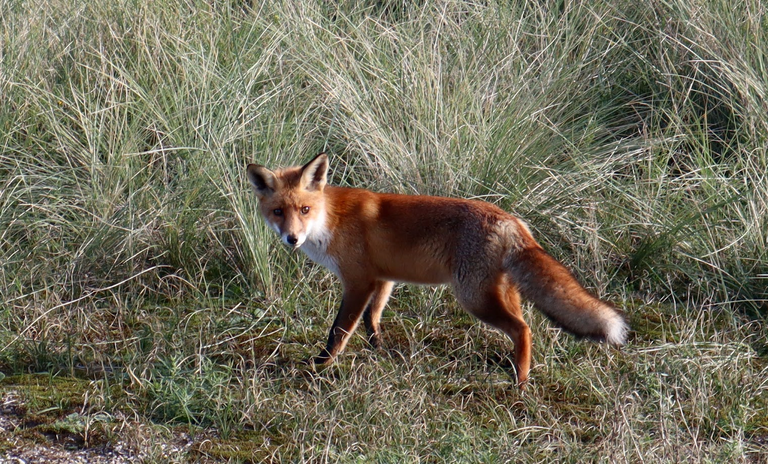
Thanks for visiting my blog!

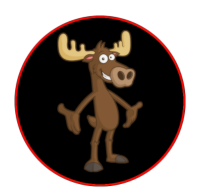
About FriendlyMoose
I'm an amateur photographer with a love for indoor gardening, craft beer, and cycling. As the owner of the Cycling Community and the creator of the Topcomment initiative, I focus on fostering engagement and bringing like-minded people together.
Check out my projects below!

Topcomment

Topcomment is an initiative to reward high quality comments.

Hive Photographers

For all Hive Photographers: come join our Hive Photographer Discord Channel


A weekly blog with an overview of all the photography contests on Hive. #photocontests.


Share anything about cycling in the Cycling Community
